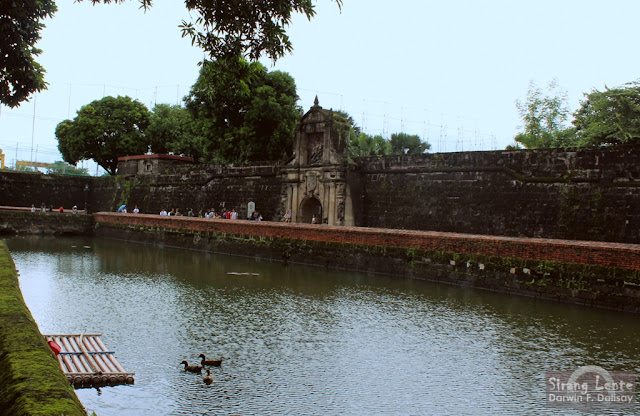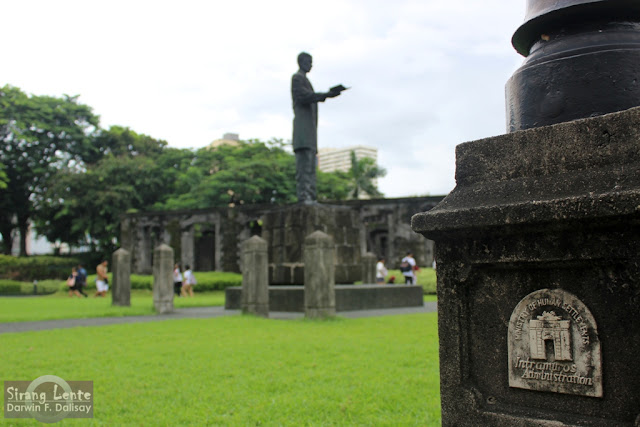
About Fort Santiago
Standing proudly within Intramuros, the old walled city of Manila, Fort Santiago is a powerful reminder of the Philippines’ colonial history and the resilience of its people. Built in the late 1500s by Spanish conquistador Miguel López de Legazpi, this fortress once served as a defense stronghold, a military prison, and a silent witness to centuries of struggle and triumph. As you step through its iconic gate and walk along its stone paths, you’ll find yourself transported to an era where courage, faith, and patriotism shaped the nation’s soul.
World Tourism Day
The Fort Santiago was my first destination as part of Celebrating the World Tourism Day 2017 in Intramuros. Walking beside this gigantic wall is remarkable as it embodies the significance of the past to the present. Just by reading the writings placed by the management in different corners, you can foresee what has transpired inside this wall centuries ago. Also, we can distinguish who the prominent people imprisoned and tortured here, like Jose Rizal. The photos below will give you more excitement.


By the main entrance, before entering the main gate of Fort Santiago, there's a wide and open space with a gorgeous landscape where people can sit, rest, and relax. with a fountain in the middle that gives a relaxing ambiance. Aside from that, I also noticed the fragrance coming from the blooming flowers. Life-size statues and images significant to some events that happened inside Intramuros are visited in some parts, while cannons and other preserved ammunition are displayed on the side.

Fort Santiago History
Fort Santiago is one of the oldest fortifications in Manila. Built in 1571, on the side of the native settlement of Raja Soliman. The first fort was a palisaded structure of logs and earth. Destroyed in the Limahong attack in 1574. The stone fort was built between 1589 and 1592. Damaged in the 1645 earthquake. Repaired and strengthened from 1658 to 1663. Became the headquarters of the British occupation army from 1762 to 1764. Repaired and renovated in 1778.


Former headquarters of the Philippine Division of the U.S. Army. Occupied by the Japanese military in 1942, where hundreds of civilians and guerrillas were imprisoned, tortured, and executed. Destroyed in the Battle of Manila in 1945, as a depot of the U.S. Transportation Corps before turnover to the Philippine Government in 1946. Declared a Shrine of Freedom in 1950. Restoration and maintenance of the fort began in 1951 under the National Park Development Committee. Management was turned over to the Intramuros Administration in 1992.





Here's my selfie before leaving Fort Santiago, just don't mind the quality. It's lovely inside this historical spot for the second time around, and I can't explain the feeling "why," but one thing is for sure, I will definitely be back here and have my "me time" again. By the way, during my solo backpacking in Cebu City, I also visited Fort San Pedro, one of their tourist spots and must visit historical site in the Visayas. Its function and structure are pretty much similar to Fort Santiago.
Today, Fort Santiago stands not just as a relic of war, but as a monument of peace and remembrance. Its restored walls, lush gardens, and the Rizal Shrine Museum invite visitors to reflect on the heroism of Dr. José Rizal, who spent his final days within its cells. As the sun sets over the Pasig River, Fort Santiago whispers stories of valor and hope — a timeless tribute to the enduring spirit of the Filipino people and their unbreakable pursuit of freedom.

No comments:
Post a Comment
Enter Comment Below: